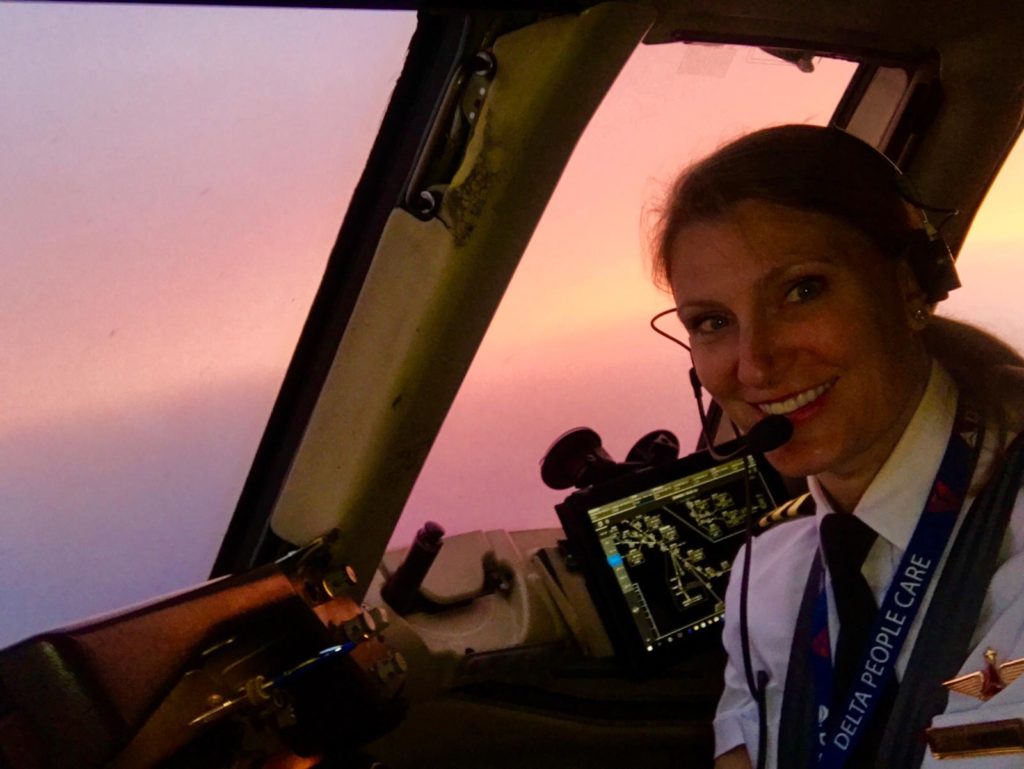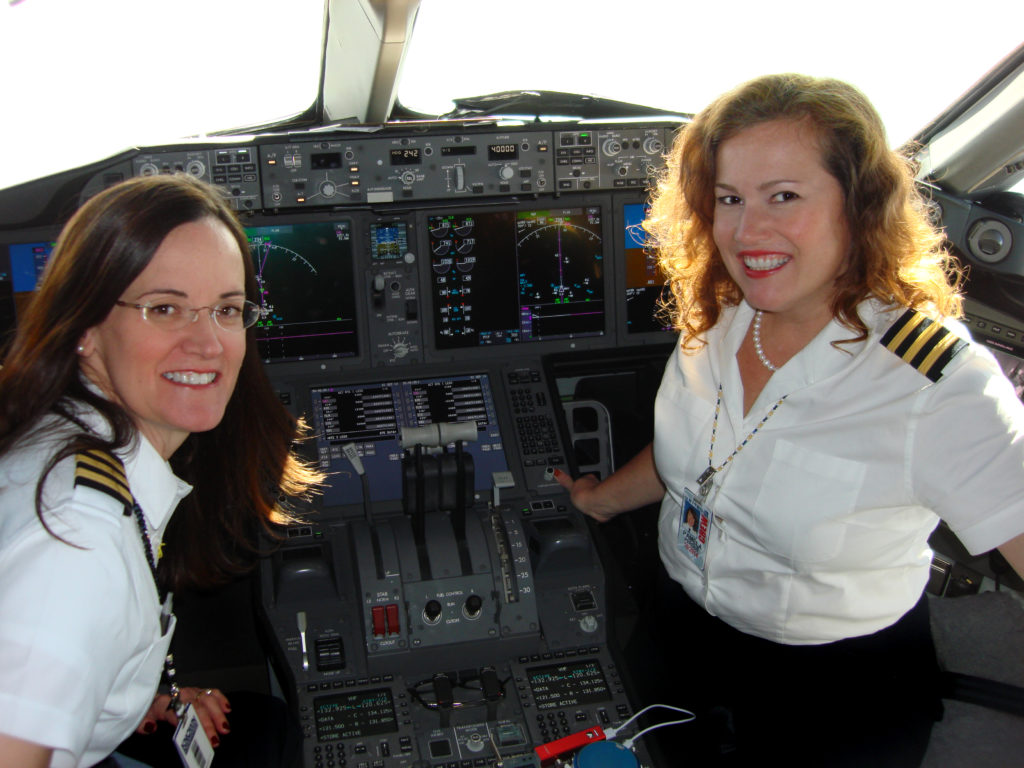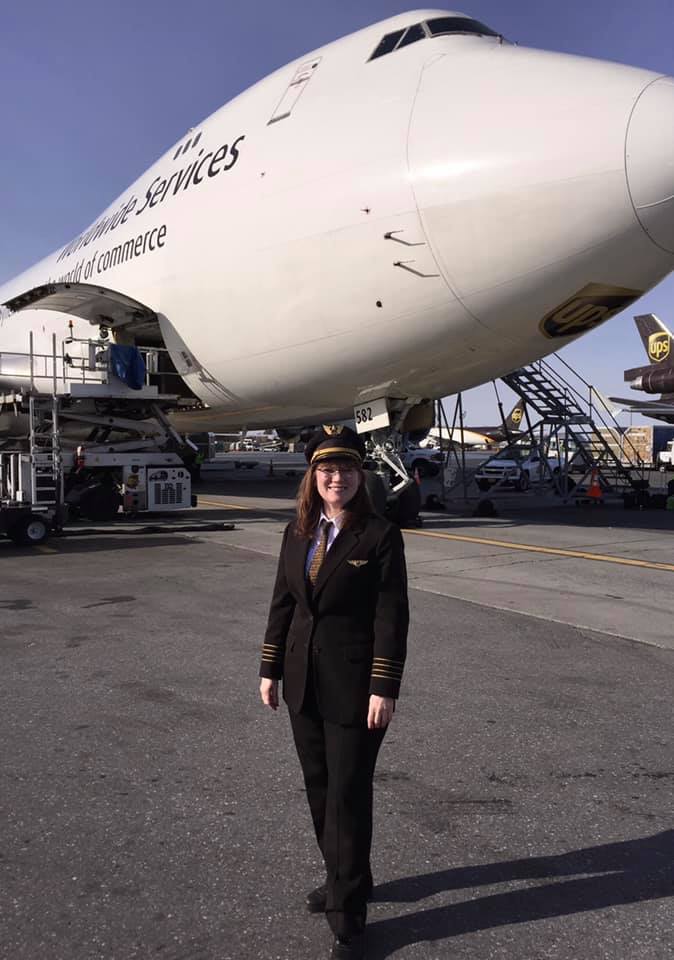


Whatever route you choose, realize there are many other highly qualified pilots who also want that airline job. You are attempting to get into a highly competitive field, so you need to make yourself as desirable a candidate as possible.
Get your college degree: It may look better if it is in an aviation-related field. However, many pilots get hired with other degrees. Having any four-year college degree puts you ahead of other candidates without one.
Build good flight hours: Get as much experience as possible in more than single engine aircraft. Work on multiengine, cross-country, instrument, and night flying. Build up time in high performance aircraft, such as turbo props and jets. Build your Pilot-in-Command time, especially in larger and more complex aircraft. Get a type rating in a complex aircraft or jet. These will all go a long way in making you stand out from the other candidates.
Be a good citizen: Volunteer your time to worthy organizations such as EAA Young Eagles, or non-aviation related organizations, such as helping Boy Scouts and Girl Scouts with their Aviation badges.
Become and stay informed: Join organizations that can help you stay informed of the aviation community. There is no charge for ISA+21’s ASPIRING MEMBERSHIP. Other organizations such as the Ninety Nines, Aircraft Owners and Pilots Association (AOPA), Women in Aviation, Experimental Aircraft Association (EAA), and the Civil Air Patrol provide programs for pilots just starting out. Read aviation magazines, blogs, forums, and follow aviation groups on social media. There is a wealth of information on aviation at your fingertips.
Continue your education: Attend FAA or other seminars on aviation related topics or take courses to enhance your aviation knowledge. Attend events such as Women in Aviation, Oshkosh, and local fly-ins. Talk to others in aviation, especially those who have the job which you aspire.
Keep an accurate, neat logbook: Your logbook is your record of all your flying experience. It will be reviewed by the FAA before all checkrides and prospective employers. You will make a better impression if it is organized.
|
Certificates Required – Offered in Part 61 or Part 141 depending on the flight school
In order to be hired as an airline pilot, you must possess an Airline Transport Pilot Certificate. Most regional airlines will hire you without it, and then include it as part of the training. Passing your final checkout in the simulator will often be the exam for the ATP Certificate. Some airlines may require you to have it before being interviewed.
Additional Ratings Needed
Instructor Certificates
Build Flight Time